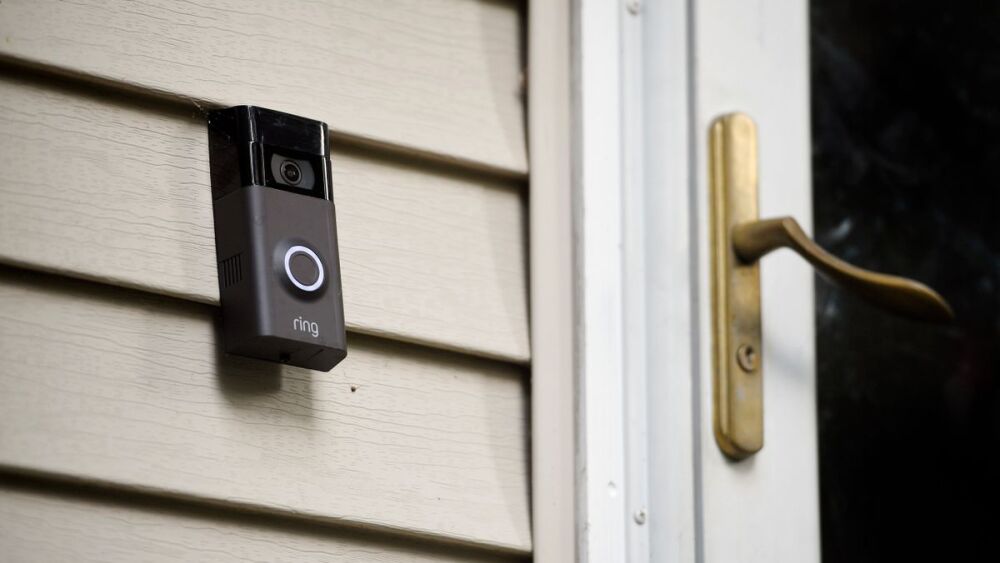On November 24, 2020, two Domestic Violence Unit officers of the NYPD’s 105th Precinct were shot multiple times in a residence by a domestic violence suspect who had multiple ring doorbell cameras installed at his home, as well as other surveillance devices.
The officers were in the residence after a woman had come into the precinct to report a domestic violence incident and the officers accompanied the woman back to the home. They were there for about six minutes according to news reports when the offender returned to the house, shooting and seriously injuring both officers inside the home.
In this incident, the victim warned the investigating officers about the existence of the surveillance cameras and that the offender had access to the cameras. In addition, the home had overt signs warning about video surveillance. The offender’s arrival to the home with a weapon in hand indicates with high probability that he was aware of the victim and officers’ presence and possibly monitoring their presence prior to ambushing them. (View an NYPD video briefing of the incident here.)
On February 02, 2021, the FBI lost two agents and three others were wounded while executing a federal search warrant. They were shot while attempting to execute a federal search warrant. It is believed that the offender used a doorbell surveillance camera to monitor the agents’ approach and ambush them.
On February 25, 2021, a Warren County Sheriff’s deputy was shot at by an offender. The incident was captured on a doorbell camera and it is believed that through the offender’s actions, (opening the door and immediately pointing and shooting at where the deputy was standing) that the offender used the doorbell camera to monitor the law enforcement officers before ambushing them.
https://twitter.com/karinjohnson/status/1366808864331608070
While these are the more publicized incidents where criminal offenders used technology against law enforcement officers trying to help others, there have been other instances in other jurisdictions. It is imperative LEOs adapt to emerging threats such as doorbell cameras. Here are some basic steps to consider:
- Consider placing a piece of duct tape on your vest that can be used to cover up the camera lens when knocking at the front door.
- Understand that even if you cover the lens, these cameras still capture audio, so don’t give your tactical positions away by saying them out loud.
- Dispatchers should ask reporters/victims if they have doorbell/surveillance cameras.
- Remember, these cameras (doorbell or surveillance) can be monitored by phone, or computer, from the scene or from a remote location.
- Scan for doorbell cameras or related surveillance cameras on the home perimeters and or overt camera surveillance warning signs when making your approach. Adjust your approach and response accordingly.
- If investigating an incident of violence and the offender is not present, and you know that the home surveillance cameras are on and active, maintain a ready state of vigilance, ask for support units, and or conduct the investigation off-site.
- Remember that this type of threat affects all calls for service – domestic violence, robbery, theft, welfare checks, etc.
- Consult your legal advisor on how to legally obtain this type of video evidence.
Doorbell cameras and other 21st century innovations in tactics and technology help in the fight against crime and in helping victims receive justice, but they also require law enforcement agencies to adapt and improve 20th-century response tactics, techniques and procedures.
Stay ready and be the one that brings the others back!
NEXT: 5 things to know about doorbell cameras and law enforcement




